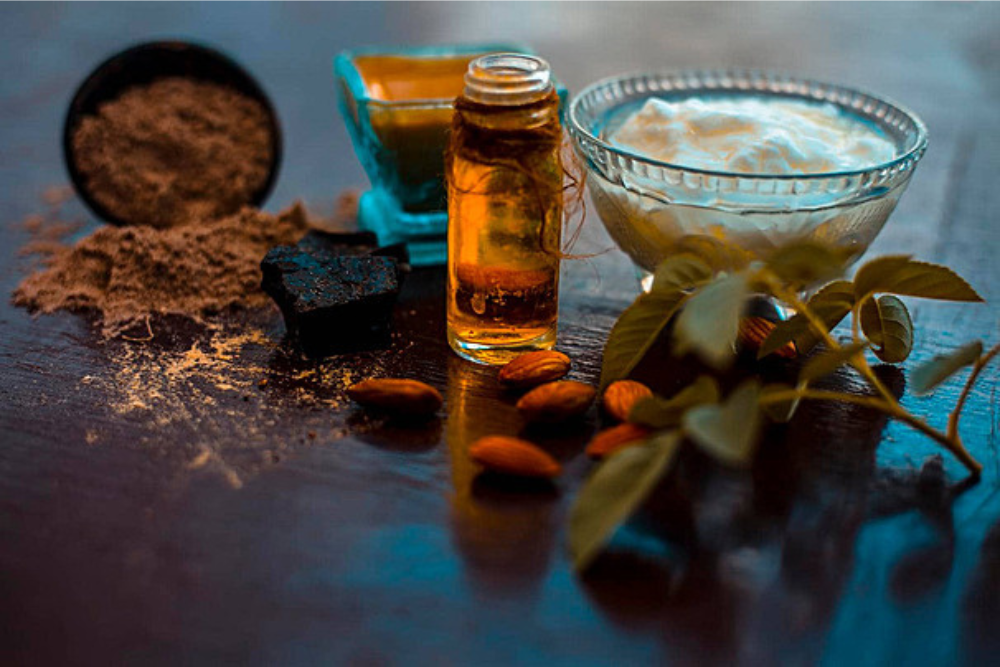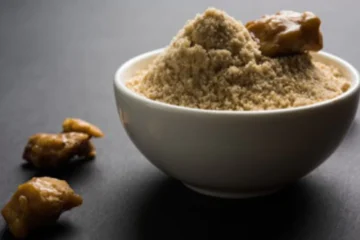Hing Oil Benefits go far beyond digestion. Known for its anti-inflammatory, antibacterial, and digestive properties, this oil is fast becoming a natural remedy in many households. Let’s explore what makes hing oil so powerful and how to use it effectively.
What makes hing oil different from regular hing powder in terms of health benefits?
Short Answer: Hing oil is more concentrated and effective than regular hing powder, especially for external use and targeted relief.
Detailed Answer:
- Higher Potency: Hing oil is extracted to retain active compounds like ferulic acid and sulfur, making it stronger than powdered forms.
- Better Absorption: Being oil-based, it absorbs faster into the skin and bloodstream when applied topically.
- Multi-purpose Use: Unlike powder, hing oil can be used both internally and externally for digestive, muscular, and respiratory issues.
- Long Shelf Life: Hing oil lasts longer and retains its medicinal properties without degradation.
- Convenient Application: No preparation needed—just apply directly or mix in warm water.
How does hing oil support digestion, and when should I use it for best results?
Short Answer: Hing oil aids digestion by reducing gas, bloating, and constipation. Use it 15–30 minutes before or after meals for optimal results.
Detailed Answer:
- Reduces Bloating: Hing oil relaxes the abdominal muscles, easing trapped gas and bloating.
- Stimulates Enzymes: It promotes bile flow and secretion of digestive juices.
- Relieves Constipation: Acts as a mild laxative and gut stimulant.
- Anti-Flatulence: Prevents excessive gas formation by eliminating harmful gut bacteria.
- Ideal Usage Time: Mix 2–3 drops in lukewarm water and drink before or after heavy meals.
- Topical Use: Gently rub a few drops clockwise on the stomach for colic or indigestion.
Can hing oil be applied topically for pain relief, and how effective is it for issues like cramps or joint pain?
Short Answer: Yes, hing oil can be applied topically and is highly effective for pain relief, including menstrual cramps, muscle soreness, and joint pain.
Detailed Answer:
- Relieves Menstrual Cramps: Hing oil helps reduce uterine muscle spasms when massaged on the lower abdomen.
- Soothes Joint Pain: Its anti-inflammatory properties make it ideal for arthritis and age-related joint aches.
- Reduces Muscle Tension: Apply it post-exercise to relax strained muscles.
- Quick Absorption: The oil penetrates deeply into the skin, offering faster relief than tablets or powders.
- Safe for External Use: Use 3–5 drops directly on affected area; massage for 5 minutes twice daily.
Is hing oil safe for daily use, and are there any side effects I should be aware of?
Short Answer: Hing oil is generally safe for daily use in small doses. However, excessive use may cause irritation or allergic reactions in sensitive individuals.
Detailed Answer:
- Safe Dosage: 1–3 drops diluted in warm water or carrier oil is recommended for daily use.
- Topical Safety: Do a patch test before applying to large skin areas.
- Pregnancy & Children: Avoid internal use in pregnant women or infants without medical advice.
- Possible Side Effects: Skin irritation, nausea, or dizziness if overused.
- Drug Interactions: If on medication, consult a doctor before using it regularly.
| Usage Type | Recommended | Avoid If |
|---|---|---|
| Topical | Yes (3–5 drops) | Open wounds or allergy-prone skin |
| Oral | Yes (1–2 drops in water) | Pregnant, lactating, infants |
| Daily Use | Safe in moderation | Not for prolonged unsupervised use |
Are there traditional or Ayurvedic ways to use hing oil for respiratory or menstrual discomfort?
Short Answer: Yes, Ayurveda recommends hing oil for treating menstrual cramps and respiratory issues like asthma, cough, and bronchitis through massage or steam inhalation.
Detailed Answer:
- Respiratory Relief: Add 3–4 drops in hot water and inhale the steam to relieve nasal congestion and wheezing.
- Chest Massage: Mix with mustard oil and rub on the chest to loosen mucus and ease breathing.
- Menstrual Cramps: Warm a few drops and massage over the lower abdomen for 10 minutes.
- Herbal Combination: Combine with ajwain or camphor oil for enhanced results.
- Night Relief: Apply before bedtime for uninterrupted sleep during painful periods or coughing fits.
Conclusion
Hing oil is a powerhouse of traditional healing. From improving digestion to relieving joint pain and supporting respiratory wellness, it’s a versatile remedy you can safely use at home. Just remember moderation is key, and always do a patch test before regular use.
- Hing oil is more concentrated and multipurpose than hing powder.
- Supports digestion, reduces bloating, and relieves constipation.
- Highly effective for pain relief including cramps and joint pain.
- Safe for daily use with minimal precautions.
- Trusted in Ayurvedic practices for respiratory and menstrual issues.
- Use it topically or orally, as per your needs.
- Incorporate hing oil into your wellness routine for holistic health.





